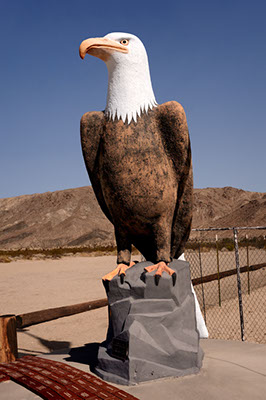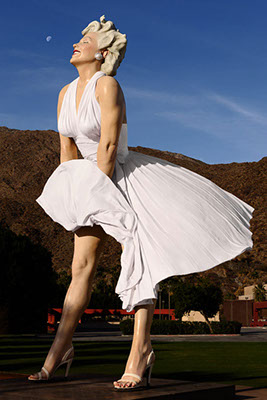-008-exf-13x19-(20121128)275x400.jpg?crc=4202300418)

-020267x400.jpg?crc=4216562516)
-024.jpg?crc=9588761)


-014267x400.jpg?crc=4235329376)
-010.jpg?crc=153885176)
-004-2267x400.jpg?crc=4197904405)
-032267x400.jpg?crc=3851211963)
.jpg?crc=4201751102)






Multiple Sclerosis
Multiple sclerosis (or MS) is something that is important to me as I live with it everyday. It has affected my life and the lives of my family members and continues to into the future. The next paragraph gives a brief description of MS.
Multiple sclerosis is a chronic, disabling disease that attacks the central nervous system, which is made up of the brain, spinal cord, and optic nerves. Symptoms may be mild, such as numbness in the limbs, or severe, such as paralysis or loss of vision. The progress, severity, and specific symptoms of MS are unpredictable and vary from one person to another. There is no cure yet for MS, only some drugs that statistically slows the progression.
MS has had a very negative affect on my photography. I used to be a sports shooter until it became difficult for me to get around events. As my MS progressed I first could no longer run, then jog and eventually even walking is difficult. I know can only walk short distances before the legs cease to function. In October 2008, my right had and arm went numb and now I can’t even feel the shutter release button on my cameras.
While I may have MS, MS doesn’t have me. I still have to do photography, only know how I have to structure my passion to fit within my physical limitations. By producing Fine Art Photography, I can find subjects that fit into my physical profile. While it would be easier to sit home and not have the pain and exhaustion, the pain of not doing it is worse.
If you are interested in finding out more about Multiple Sclerosis, you will find links to major sites about MS on my Links Page.
Photography
To me photography has always been a magic carpet. As a child I could travel and see the world through the photographs in magazines and books. I could see what life was like for my parents and grand parents by looking at their photo albums. I could explore the world as it existed 50 years before I came into existence. It would bother me that photography had always existed. As a child I wanted to see photographs of real dinosaurs. What a magical machine the camera is.
In my early 20’s when I became interested in photography, I suddenly realized that I would now be in control of this magical machine. I could show what I see and how I perceived the world in which I exist. When I developed my first Black & White print, the deal was sealed. Photography would be part of my life from that day on.
Getting a recognizable image was all I wanted initially. That was a picture of my car, that a picture of the cat. I was happy with that, but why were the photographs I saw in magazine so much more captivating than my photographs? I began to study these photographs to see why they were so much better than mine. I slowly began to see to things that these photographs had that mine didn't, and it wasn't the subject. These photographs have a unique Point Of View (POV) and a Quality of Light.
These features were what set these photographs above mine. Sure, sometimes they had unique subjects that I didn't have access to, but often they were the same subjects that I had access to, but they had a magic mine didn't. I then started looking at these two qualities and how I could add them to my photographs. I had to start looking at my photography in a new "light."
Point Of View (POV):
You've all seen that photograph of the family car, taken from standing height, about 15 feet from the car. Yes, it's a car, the family car, and in 20 years, it will remind you of your car. But other than that, what is special about the image. We've all seen them before, but does the image leave you with feeling?
How about take the sane photography with the camera on the ground, or from a rooftop. Put a wide angle lens on the camera and position it near the car and use the perspective to make the car look as long as an aircraft carrier. Or use telephoto lens and achieve the opposite affect.
This is POV. Use to place the viewer in a position that they don't normally see. Most humans see the world from their normal point of view. Let them see things from different angles and different perspectives and they will find it interesting and also your photographs.
Quality of Light:
If you follow the old rule that came on the little piece of paper that came in each roll of Kodak Film. (If you're to young to remember, sorry.) On that paper it told you to place the sun over your shoulder, guaranteeing you a subject that was even lit and boring. You need to use light to sculpture your subject and reflect its mode.
The quality of light has a few components that allow it to showcase your subject. First there is the direction of the light. Is it from the top, left or right? By having the light not directly behind you, allows the light to sculpt the subject and provide depth. But, that doesn't mean that you might not want the light behind because that is the effect you're looking for.
Second there is the hardness or softness of the light. Is it a point source, the hardest light, or a large broad soft light or anywhere in between? Each will provide a different look to the image. You need to see these effects and use them to present your subject they way you see them.
Third there is the color of the light. Is it the warm color of the early morning or late evening, the so-called "Golden Hour", or is it the cool color of the midday. With artificial lighting, you have complete freedom to choose any color you desire.
Using these features you have the capability to have your subject presented in a way that will allow it to make a statement. With that statement, viewers will have them image placed in their mind.
